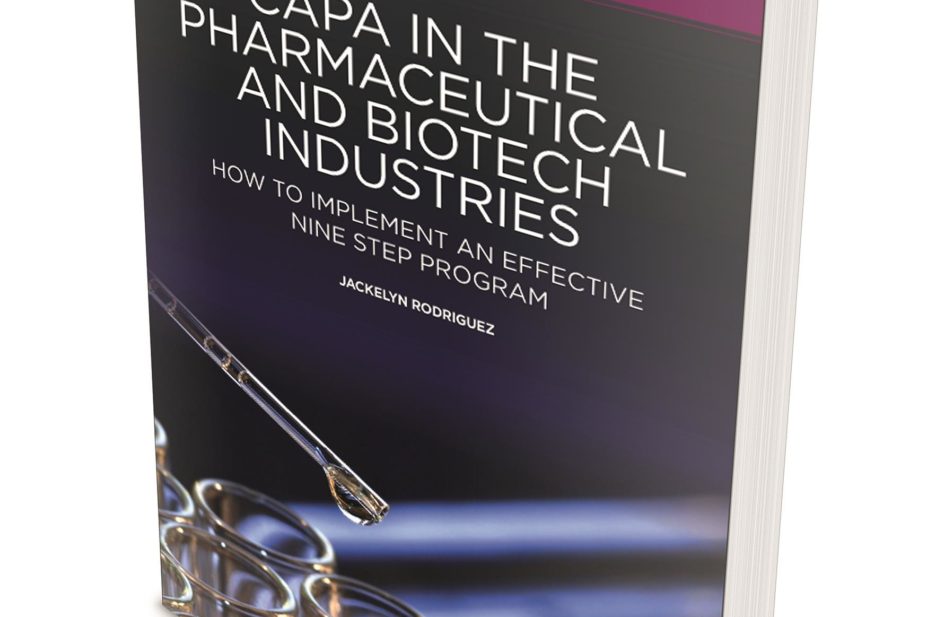
Corrective and preventative action (CAPA) programmes can be used to address quality problems that arise in the pharmaceutical industry. In this book, author Jackelyn Rodriguez, a regulatory and compliance consultant to the pharmaceutical industry, notes that a great number of US Food and Drug Administration warning letters involve ineffective CAPAs. The problem, Rodriguez argues, is that many quality investigations are event driven and focus on retraining or revising procedures, rather than getting to the root cause. In contrast, a CAPA programme should collect information, analyse and investigate, and take effective corrective or preventative actions to prevent recurrence.
To this end, Rodriguez has provided a practical, step-by-step guide to CAPAs. This book describes the processes needed to develop and implement an effective, nine-step CAPA programme in the context of the current regulatory landscape, with a chapter dedicated to each of the steps. Each step is broken down into its components, and Rodriguez provides clear, concise guidance on how the steps can be implemented. Example scenarios give context, and the book contains useful tools and templates that could be adopted. For example, there are templates for CAPA reports, a cause-and-effect diagram, a risk assessment grid, a verification of effectiveness check form, and a standard operating procedure for out-of-specification results. The text and figures are presented in a logical, precise manner, and provide a clear ‘how to’ guide.
This book should prove useful for anyone working in quality assurance or regulatory affairs as a reference guide and as a tool for setting up or improving CAPA programmes.
References
‘CAPA in the pharmaceutical and biotech industries: how to implement an effective nine step program’ by Jackelyn Rodriguez. Pp 248 £125. London: Elsevier; 2016. ISBN 978 1 907 56858 9


